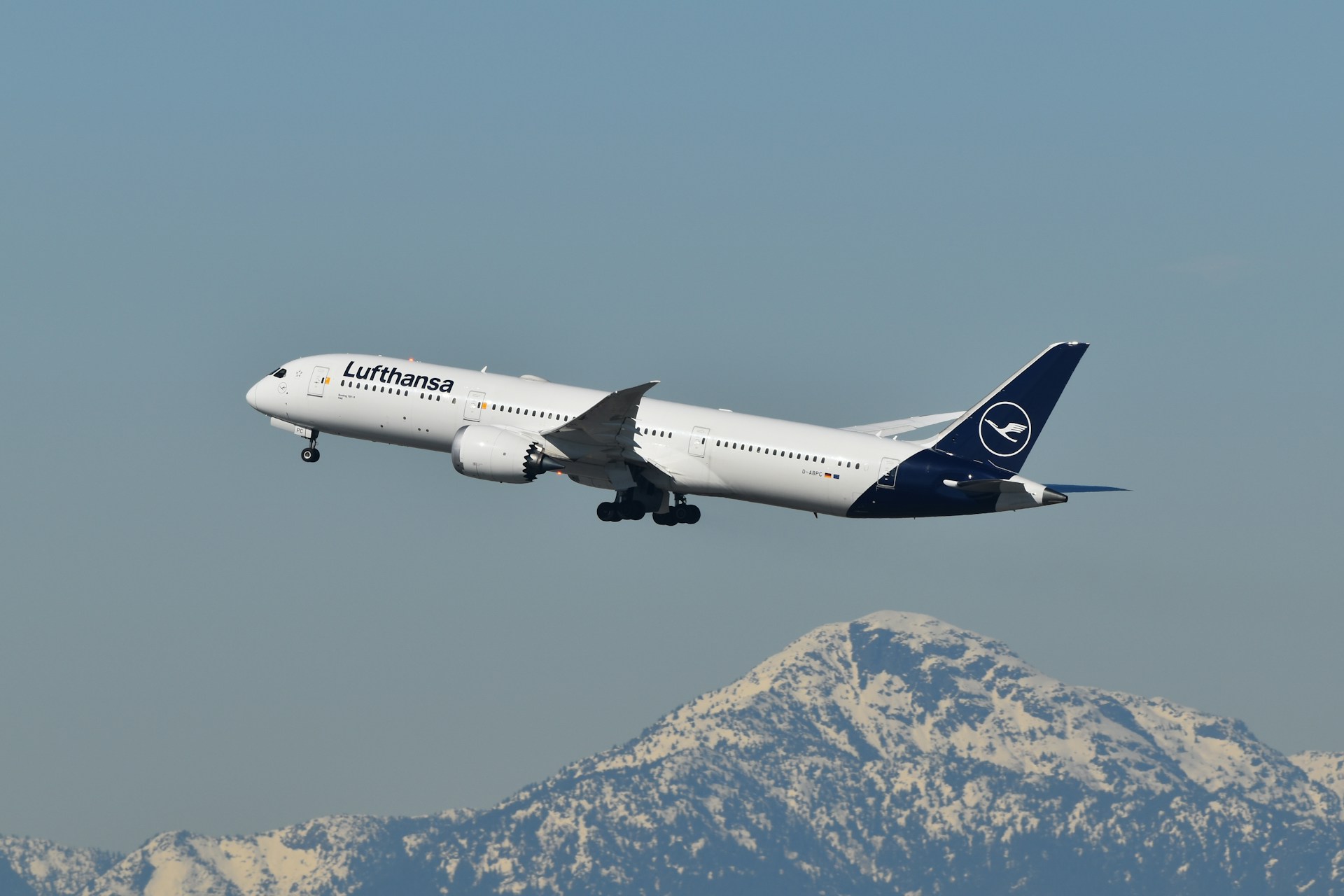Split-Second Decision at LAX: American Airlines A321 Aborts Takeoff to Avoid Runway Collision
Key Takeaways
- An American Airlines Airbus A321 aborted takeoff at Los Angeles International Airport (LAX) after an AeroLogic Boeing 777 unexpectedly crossed the active runway.
- The runway incursion incident highlights ongoing coordination challenges for air traffic controllers at one of the world’s busiest airports.
- Emergency braking during takeoff requires instant pilot reaction and places heavy stress on aircraft systems.
- The event underscores the vital role of radar, communication, and situational awareness in maintaining safety at high-traffic airports.
- Quick decision-making by the flight crew prevented a potential disaster, demonstrating the effectiveness of modern aviation safety training.
Quick Thinking Prevents Runway Disaster at LAX
Los Angeles International Airport narrowly avoided a major runway collision when the flight crew of an American Airlines Airbus A321 executed a high-speed rejected takeoff after spotting an AeroLogic Boeing 777 freighter crossing its path.
According to preliminary accounts, the A321 had already accelerated for departure when the 777 cargo aircraft, operated by AeroLogic—a joint venture between DHL and Lufthansa—entered the same active runway under air traffic control clearance error or miscommunication.
The American Airlines pilots immediately initiated an emergency stop, applying full braking power and reverse thrust to bring the aircraft to a halt before reaching the crossing point. No injuries were reported, though passengers described the sudden deceleration as “violent.”
The Mechanics of an Emergency Abort
A high-speed abort is one of the most dangerous maneuvers in aviation. Pilots train extensively to make a “go/no-go” decision before reaching the aircraft’s V1 speed—the critical point beyond which takeoff must continue, even in emergencies.
In this case, the American crew acted just in time, relying on years of recurrent training to respond within seconds. Modern aircraft like the A321 use anti-skid braking systems and carbon brakes designed to absorb extreme heat during maximum braking. After such events, the aircraft typically requires detailed maintenance inspections for tire wear, brake integrity, and structural stress before returning to service.
Complex Operations at One of the World’s Busiest Airports
LAX ranks among the top five busiest airports in the world, handling over 700,000 aircraft movements annually. Its four parallel runways support simultaneous takeoffs and landings across passenger, cargo, and private operations—making coordination between pilots and controllers a constant balancing act.
Cargo carriers like AeroLogic operate long-range Boeing 777 freighters that require extended runway occupancy times for taxi and takeoff. The intersection of passenger and cargo traffic, particularly during peak hours, amplifies the potential for miscommunication or procedural lapses.
Air traffic controllers at LAX rely on surface movement radar, visual scanning, and precise radio communication to track aircraft positions. Any momentary lapse in this coordination can create dangerous situations like the one faced by the American Airlines crew.
Aviation Safety Layers at Work
While alarming, this incident showcases the resilience of modern aviation’s multi-layered safety system. Pilots undergo recurrent simulator training that includes emergency scenarios like runway incursions and rejected takeoffs, ensuring they can respond instinctively.
Airports also employ ground surveillance radar and alert systems that can detect and warn controllers of potential conflicts. In this case, the human factor—quick recognition and decisive action—proved crucial in avoiding a serious collision.
Lessons for the Industry
Runway incursions remain a top safety concern for regulators like the Federal Aviation Administration (FAA). Though rare, they account for some of the most severe aviation risks. Following the LAX incident, both airlines and regulators will likely review communication protocols and ground movement procedures.
The FAA categorizes runway incursions into severity levels; this incident will likely be classified as a Category B event, meaning there was a significant potential for collision. The data and cockpit voice recordings will be analyzed to improve future safety measures and refine controller-pilot communication procedures.
FAQs
What is a runway incursion?
A runway incursion occurs when an unauthorized aircraft, vehicle, or person enters a runway in use, creating a potential collision risk.
How do pilots decide to abort takeoff?
Pilots make the decision based on V1 speed—if an issue arises before V1, they can safely abort. After V1, the aircraft must continue takeoff to maintain control and safety margins.
How often do runway incursions happen at major airports?
While thousands of operations occur daily without incident, the FAA records several hundred incursions per year across the U.S. Most are minor and quickly resolved.
Why are cargo planes like the Boeing 777 involved in complex runway traffic?
Cargo operations often coincide with peak passenger schedules. The size and slower ground speed of wide-body freighters can complicate sequencing during busy periods.
What happens after an aborted takeoff?
The aircraft undergoes technical inspections for brake wear, tire damage, and engine performance before being cleared for its next flight.
.zip%20-%201.PNG)



